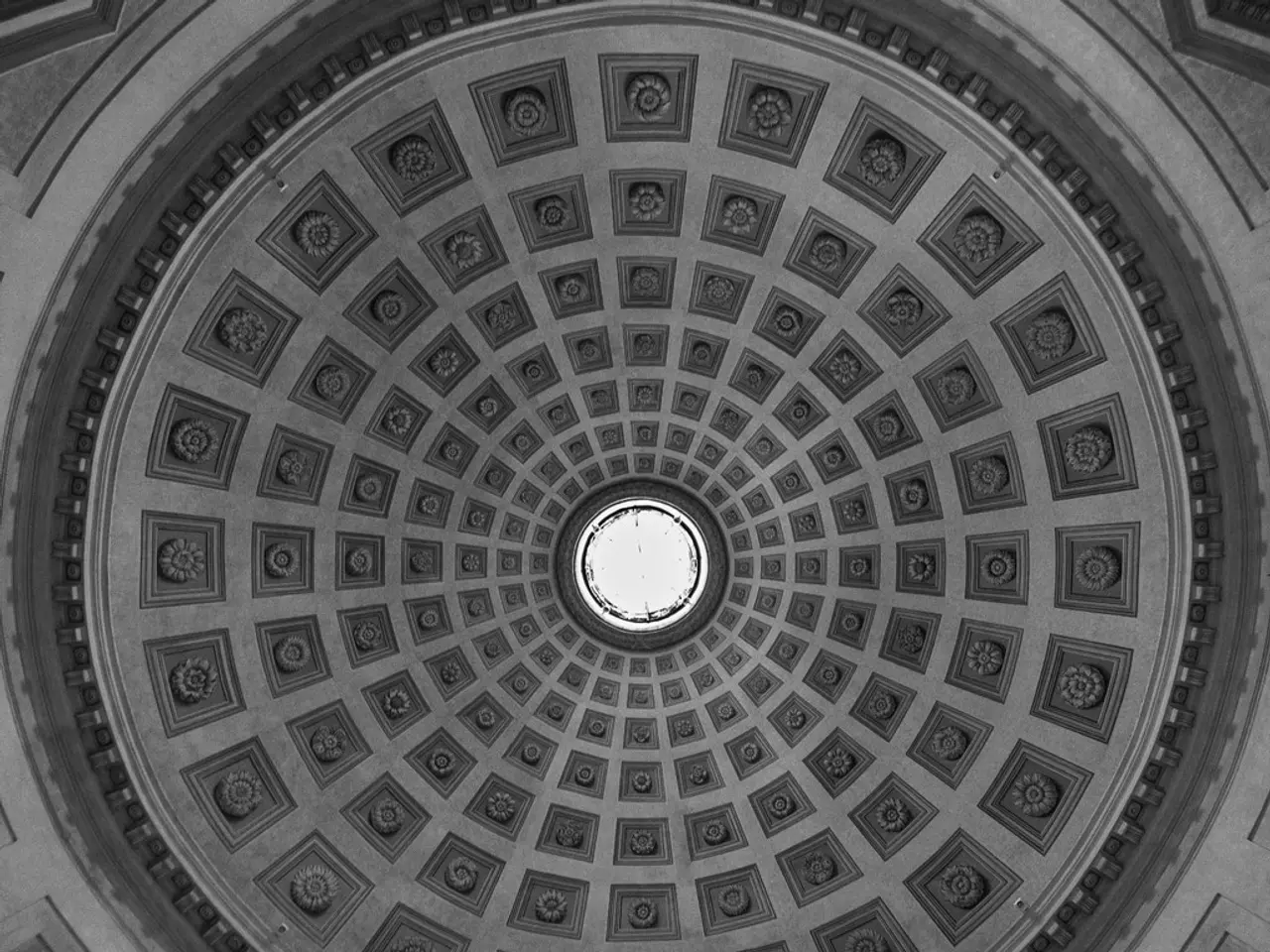Mending Your Home's Roof Professionally Prolongs Its Lifespan
In the realm of homeownership, the longevity of a roof is significantly impacted by both the material used and the level of maintenance it receives. This article offers a comprehensive guide on the average lifespans of various roofing materials and the advantages of regular maintenance.
## Average Lifespans by Material
The lifespan of a roof can vary greatly depending on the material used. Here's a comparison of well-maintained versus poorly maintained roofs:
| Material | Well-Maintained Lifespan | Poorly Maintained Lifespan (Typical) | |------------------------------|-------------------------|--------------------------------------| | Asphalt shingles | 20–30 years[1][2][3] | 12–20 years (often less if neglected)| | Wood shingles/shakes | 20–50 years[1][2][3] | 15–25 years (susceptible to rot/mold)| | Clay/concrete tiles | 50–100 years[1][3] | 30–50 years (can crack or leak) | | Slate tiles | 50–100+ years[1][3] | 40–70 years (if damaged by weather) | | Metal roofing | 40–80 years[1][3] | 20–40 years (if corroded or damaged) | | EPDM (rubber) flat roof | 10–15 years[3] | 5–10 years (prone to punctures/leaks)| | PVC/TPO flat roof | 20–30 years[3] | 10–20 years (UV/weather damage) |
**Commercial roofs** generally last between 15–30 years with proper care, but this can drop sharply without maintenance, especially for flat roofs[5].
## The Consequences of Neglecting Roof Maintenance
Poorly maintained roofs face numerous challenges, including: - Neglected gutters and downspouts that cause water buildup, leading to leaks and rot, especially under shingles or around flashing[1]. - Lack of inspections, meaning minor issues (like cracked shingles, broken flashings, or punctures) go unnoticed and evolve into major problems[2]. - Accumulated debris that traps moisture, encourages moss growth, and degrades roofing materials. - Weather events that cause faster deterioration when existing damage is not promptly repaired.
These issues can reduce a roof’s lifespan by 30–50% or more, depending on severity and frequency of neglect[4].
## The Benefits of Regular Roof Maintenance
Regular maintenance is essential for maximising a roof's lifespan: - Routine inspections (at least twice a year) help catch and repair small issues before they escalate[2]. - Cleaning gutters and downspouts prevents water damage and reduces the risk of leaks[1]. - Prompt repairs of damaged shingles, flashings, or sealants prevent water infiltration and structural damage. - Debris removal avoids moisture retention and material degradation[3]. - Professional assessments ensure proper care for high-wear areas (e.g., around chimneys, vents, and valleys)[2].
By investing in regular maintenance, homeowners and building managers can expect their roofs to last closer to the upper end of the material’s lifespan range, saving on premature replacement costs[2][3][5].
In the world of home ownership, better understanding the lifetime of various roofing materials can significantly impact one's lifestyle and home-and-garden upkeep. This comprehensive guide reveals that regular maintenance is key in maximizing a roof's lifespan, particularly by catching small issues during inspections, cleaning gutters, and promptly repairing damages, which can ensure roofs last closer to the upper end of their lifespan range in the realm of home improvement.




